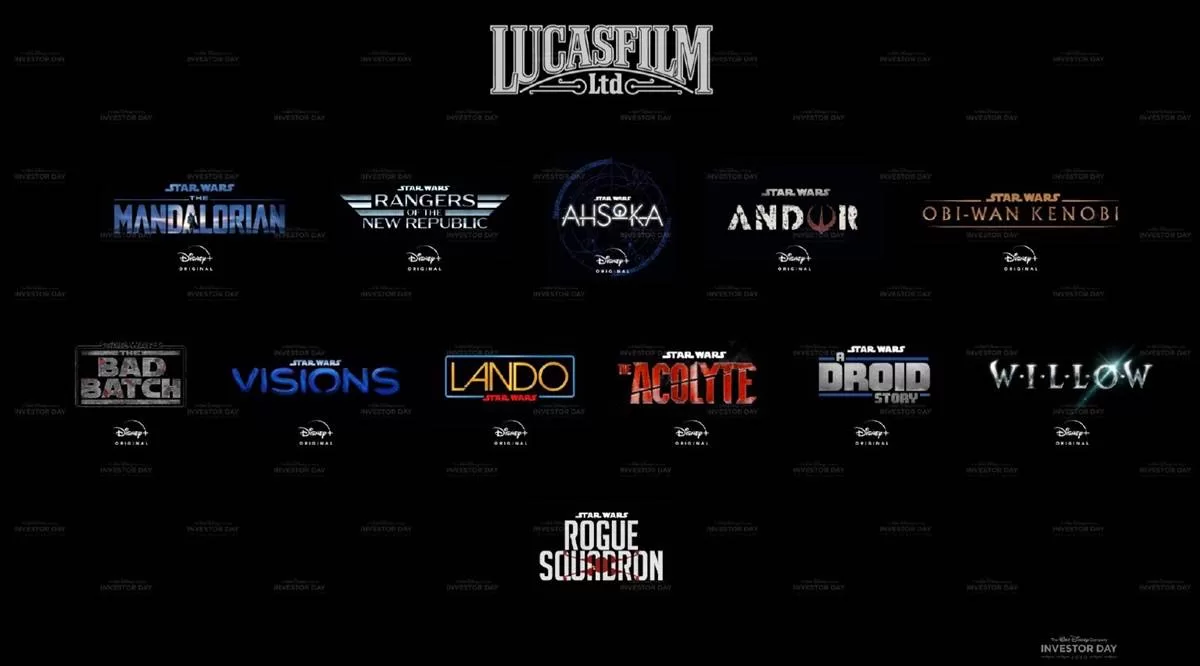
BATMAN FOREVER: THE CAPED CRUSADER RESCUED BY ADAM WEST!
By Dave Elliott
DAVE ELLIOTT TAKES A LOOK AT THE STAYING POWER OF BATMAN
The 1960“s were the crucial, pivotal years for the perpetuation of the Batman saga. The 1930“s were the years of creation, when Bob Kane, Bill Finger, and Jerry Robinson made their contributions to building the character and his enormously influential supporting cast. Batman  became the perennial challenger to Superman for the mantle of “King of the Superheroes.”“ But in the 1960“s a pop miracle was needed to save the Caped Crusader from an imminent death.
The special appeal of Batman for many kids was his being the sole DC Comics character who represented “do-ability”“ as a fantasy role model. Â Batman possessed no superpowers. He could do what he did because of years of dedication to honing his mind and body to fit the job. A kid could dream of being a Batman. Of course, kids tend to not dwell on financial matters and the benefit of Batman“s alter ego, Bruce Wayne, being a millionaire (today a billionaire), and that he had all that money to support himself and develop all those cool gadgets. For kids, it“s all about their human potential to be Batman.
Batman launched successfully and was hugely popular all the way through to the early 1950“s, when it started to struggle a little for relevance. The comic tried to adapt to just about fad popular on the American pop landscape of the time. Batman would be a cowboy, an astronaut, fighting aliens, or be other versions of himself. There were alternative futures stories in which he married Batwoman and had to train a second or even a third Batman. Batman fought hard and made it into the 1960“s. He and his friend Superman joined the Justice League of America and gained another needed burst of popularity.
And then Marvel came along with the Fantastic Four, Spider-Man and the Avengers. DC Comics found themselves facing serious competition and struggled to stay ahead. Â Batman“s sales were sliding. Talk in the offices had turned to possible cancellation. Superman was selling over eight hundred thousand a month while Batman sold around four hundred and fifty thousand a month in 1965, amounting to only about half the Man of Steel“s sales.
WHO WAS GOING TO SWING IN AND SAVE BATMAN?
The short answer is Adam West.
The slightly longer answer is DC Comics worked with the ABC network, who in turn hired 20th Century Fox to produce a twice weekly TV show. Each story was split into two parts over the week. The first part would end with a cliffhanger, usually involving the Dynamic Duo, Batman and Robin the Boy Wonder, being tied up and about to be killed by a myriad of devious means ”“ alligators, boiling oil, crushing machines, all at the hands of a different villain of the week, all the villains played by well known actors from film and television.
The show was a success during its run and many of the scripts from the first two seasons were based on stories from the comics. The aim was to produce a primetime mainstream TV series for all ages. It had simple morals for children to follow in each episode. Batman would always make sure Robin fastened his seatbelt before the Batmobile left the Batcave. The show later introduced a new Batgirl, a librarian who was also the daughter of Police Commissioner Gordon, as an element to appeal to girls as well as regular appearances from the sexy Catwoman for the dads. Stars of both small and big screen entertainment lined up for brief cameo appearances.
The mix was a success for 102 episodes and a feature film. The series faltered when the producers stopped adapting or using the original comic book stories as guiding touchstones.
The campiness and colorful sets that had appealed to everyone, and the basic series structure, served as a template for Lynda Carter“s version of Wonder Woman ten years later. Even the first of the Christopher Reeve Superman movies gave a nod to the same structure with its tongue-in-cheek approach and for the villain being played almost for laughs by the more well known actor.
The TV series saved the Batman comic from cancellation. It was given a new lease of life and direction. Sales leapt to nearly nine hundred thousand copies a month in 1966. But the success would be short lived.
By 1968, the show was off the air and Batman“s comic book sales were down to five hundred thousand. Archie had taken command as the top-selling comic that year, having an animated TV show of its own on, although Archie had to make do with an average sale of five hundred and thirty thousand per month. Comic sales were sliding in general.
DC Comics reacted with a new strategy: making their Batman comic a little darker. The team of Denny O“Neil and Neal Adams added a level of realism, more apropos the tumult of the late 60“s, that was a far cry from the campy TV. The villains got darker, as did the situations Batman found himself in. Batman was dealing with a new level of reality now. Robin was even old enough to be packed off to college. The comic was going to grow with its audience. As well as grow with the creators who were coming into the industry at that time? The fresh artists exploited a new freedom to create the stories they wanted to do for an audience more like themselves. Comics wouldn“t be just for kids anymore.
Batman, and comics in general, started to get more sophisticated and then went ”˜grim and gritty“ after the critical success of Batman graphic novel by Frank Miller, The Dark Knight Returns. Not only did they sell the serialized version for five dollars per issue, but the collected edition became one of the biggest selling graphic novels of all time, spurring Warner Brothers into developing the property into a movie series.
Everyone who read the comic as a kid seemed to like this darker version of Batman, even though Tim Burton still kept a few campier elements in the reboot movie as an homage to the 1960“s TV show. DC Comics read the signs poorly, transforming their entire comics line for the darker (where appropriate as well as where not) with more and extended storylines, spreading across many titles. This resulted in their losing their audience slowly along the way and pushing up retail prices faster than inflation, compounding their loss of audience even more.
Recently Batman had a storyline where the Joker“s face was cut off and then stolen. When the Joker managed to get it back he stapled it back onto his face.
In December 2014, Batman was the single best selling comic for that month. One hundred and thirteen thousand copies, but at $3.99 per issue not the twelve cents they were in 1966. Only two comics sold over one hundred thousand that month, the other being Spider-Man. Batman has been the bestselling and most popular DC Comics title for several years now. Sure, Batman isn“t for kids any more. Its average reader is now about forty years old, not the six-to-eight-year-old of the 1960s, but he“s still hanging in, loyal.
Last year, Warner Brothers was finally able to release on DVD the complete 1960“s TV show. The restored show has been a hit once more and there is now more merchandise available for it than was available in 1960“s, including a comic based off the show. Adam West is in demand once more and Batman is accessible to all ages again, even though it will be just a short time until the darkness returns with next year“s Batman Versus Superman.
Perhaps Batman has aged too much with his old audience. Parents and children familiar with the brightly smiling blue-eyed superhero, who in his TV persona is dapper and debonair even in his pajamas, wonder how he can also be the angrily grimacing black-clad mercenary glowering down from the big screen.
Comics certainly aren“t just for kids anymore.
Posted with permission from Dave Elliott, Original piece can be found here
YOUR THOUGHTS
- Do you prefer the campy, more light-hearted TV Batman as portrayed by Adam West? Or the Dark Knight version of Batman by artist Frank Miller and portrayed by Christian Bale?
- Do you think artists and writers should keep trying to endlessly evolve a successful comic hero to keep the narrative alive no matter what? Or should characters be allowed to “die”“ or go into retirement at a logical point in their story?
- Do you regularly read comics? If you once did, when and why did you stop?
- Do you buy comics as they come out or do you wait for the book collections? Would you prefer they just come out as graphic novels and skip the serialization?
- Do you read your comics in print or in digital format?
- Who in your family also reads comic books?
Author Profile
Latest entries
 ColumnsApril 5, 2024The Renaissance of Traditional Gaming: Why Classic Never Goes Out of Style
ColumnsApril 5, 2024The Renaissance of Traditional Gaming: Why Classic Never Goes Out of Style GamingJuly 27, 2023The Arkham Asylum Files: Panic in Gotham City – Game Night takes a quantum leap forward!
GamingJuly 27, 2023The Arkham Asylum Files: Panic in Gotham City – Game Night takes a quantum leap forward! ColumnsFebruary 2, 2023Everything You Need to Know About The Future of Star Wars
ColumnsFebruary 2, 2023Everything You Need to Know About The Future of Star Wars ColumnsDecember 27, 2022AI Comic Book Creators Receive Death Threats
ColumnsDecember 27, 2022AI Comic Book Creators Receive Death Threats






















